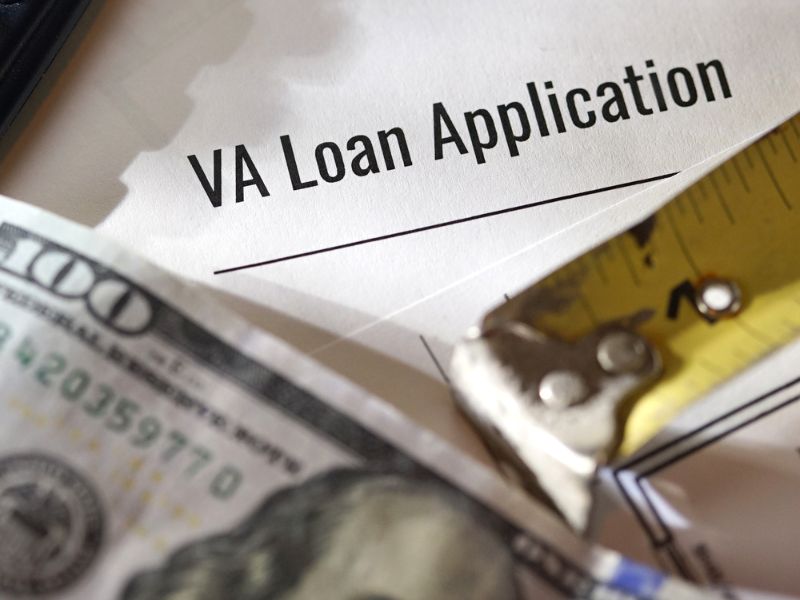First-Time Homebuyer’s: Understanding Mortgage Terminology
 Obtaining a mortgage can seem to be filled with perplexing terms and concepts. Don’t worry, though – we’re here to decode the complexities and make it easy for you to navigate the mortgage landscape with confidence. Let’s break down some of the most common and confusing terms in simple, easy-to-understand language.
Obtaining a mortgage can seem to be filled with perplexing terms and concepts. Don’t worry, though – we’re here to decode the complexities and make it easy for you to navigate the mortgage landscape with confidence. Let’s break down some of the most common and confusing terms in simple, easy-to-understand language.
1. Down Payment:
Complex Term: The initial payment you make when purchasing a home.
Simple Explanation: It’s like a security deposit when you rent an apartment but for your house. The more you can put down upfront, the less you’ll need to borrow.
2. Principal:
Complex Term: The amount of money you borrow to buy a home.
Simple Explanation: Think of it as the actual cost of your house. The principal is the amount you’ll pay back, excluding interest.
3. Interest Rate:
Complex Term: The cost of borrowing money, expressed as a percentage.
Simple Explanation: This is the fee you pay the bank for letting you borrow their money. A lower percentage is better because it means you’re paying less extra for the loan.
4. Amortization:
Complex Term: The process of paying off a loan over time through regular payments.
Simple Explanation: Imagine your mortgage as a big pizza. Amortization is slicing it into monthly pieces until you’ve eaten the whole thing.
5. Fixed-Rate Mortgage vs. Adjustable-Rate Mortgage (ARM):
Complex Term: The interest rate stays the same for the life of the loan the rate changes periodically.
Simple Explanation: Fixed-rate is like a stable friend; they don’t change. The adjustable rate is more like the weather – it might be sunny today but stormy tomorrow.
6. Closing Costs:
Complex Term: Fees and expenses you pay when you close on your home.
Simple Explanation: It’s the bill for all the services that helped you get your home, like the real estate agent, appraiser, and others. Be prepared for this additional cost.
7. Escrow:
Complex Term: A third party holds and manages funds for the buyer and seller.
Simple Explanation: It’s like a referee in a game. They make sure everyone follows the rules, holds onto important documents, and ensures the money gets to the right place.
8. Pre-approval vs. Pre-qualification:
Complex Term: The process of determining how much you can borrow vs. a preliminary assessment of your creditworthiness.
Simple Explanation: Pre-approval is like getting the green light to go shopping with a set budget, while pre-qualification is more of a ballpark estimate.
9. Private Mortgage Insurance (PMI):
Complex Term: Insurance that protects the lender if the borrower can’t make their mortgage payments.
Simple Explanation: It’s a safety net for the bank. If you can’t pay your mortgage, PMI helps them recover their losses.
10. Appraisal:
Complex Term: An evaluation of a property’s value by a licensed appraiser.
Simple Explanation: Like a report card for your house – it tells you and the bank how much it’s worth.
Understanding these terms can empower you as a first-time homebuyer. While the mortgage journey may seem daunting, a little knowledge goes a long way in making the process smoother and more enjoyable. Happy house hunting!
 Becoming a landlord can be a profitable undertaking, providing a steady income stream and potential long-term investment growth. It is important to understand the complexities of managing a property while still under a mortgage. We will discuss the key insights into renting out your property and becoming a landlord while maintaining a mortgage.
Becoming a landlord can be a profitable undertaking, providing a steady income stream and potential long-term investment growth. It is important to understand the complexities of managing a property while still under a mortgage. We will discuss the key insights into renting out your property and becoming a landlord while maintaining a mortgage. For the brave men and women who have served in the armed forces, the dream of homeownership becomes more attainable and rewarding through the power of VA loans. We will discuss the unique features that make VA loans a tool for veterans, empowering them to secure homes with financial flexibility and favorable terms.
For the brave men and women who have served in the armed forces, the dream of homeownership becomes more attainable and rewarding through the power of VA loans. We will discuss the unique features that make VA loans a tool for veterans, empowering them to secure homes with financial flexibility and favorable terms.